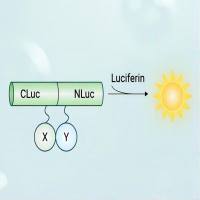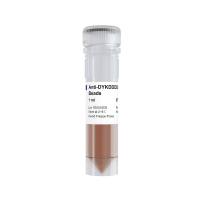Application of Magnetic Resonance Imaging to Study Pathophysiology in Brain Disease Models
互联网
546
Magnetic resonance imaging (MRI) provides a noninvasive and multimodal tool to study neurological disorders in experimental models. MRI experiments can be sensitized to various contrast parameters and, hence, enable comprehensive assessment of normal and abnormal brain physiology. Different conventional and novel MRI techniques have been developed that supply specific information on lesion location and size (e.g., T2 - and diffusion-weighted MRI ), alterations in tissue structure (e.g., magnetization transfer imaging and diffusion tensor imaging), perfusion deficits (perfusion MRI ), brain activation (functional MRI ), cell migration (cellular MRI ), gene expression (molecular MRI ), and more. The advantages of in vivo, longitudinal, and multiparametric studies with MRI provide unique opportunities for characterizing and delineating experimental models of neurological diseases and pathophysiological mechanisms, as well as spontaneous and treatment-induced recovery mechanisms.









